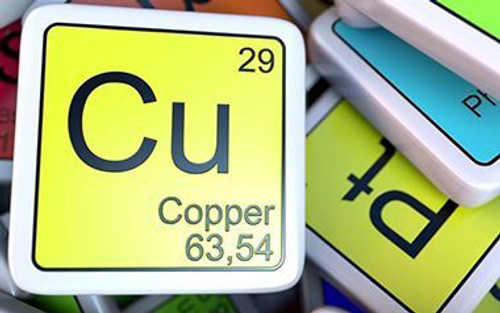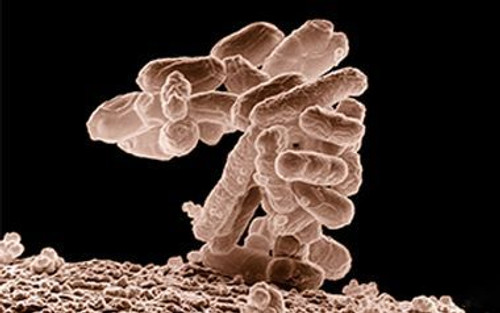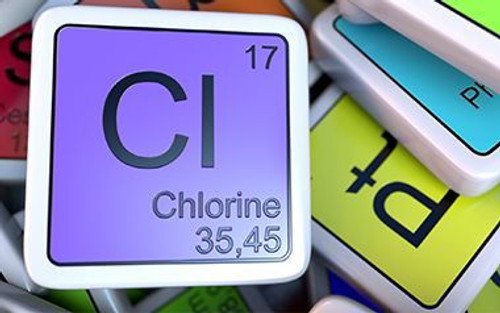Copper occurs naturally in rocks, sediments, soil, and water sources such as lakes, rivers, and groundwater. These sources that contain high concentrations of copper in water are mainly due to the erosion of copper pipes. Erosion of copper pipes is usually linked with great amounts of residual chlorine, extended presence of water in pipes, hot water and soft or acidic water. Copper further breaks down as water remains in copper pipes, so water that continues to sit in these pipes for long stretches of time consist of a high concentration of copper.
[custom-specifications]
In low amounts, copper can provide beneficial nutrients to human health since it helps with the prevention of certain diseases or syndromes. However, when copper is ingested in higher concentrations within drinking water can lead to medical problems which include stomach aches, nausea, vomiting, diarrhea and various kidney and liver problems. The toxic effects of copper is specifically dangerous to toddlers. The detection of copper in water requires the use of chemical testing instruments, which we offer here at Pure Aqua.
[/custom-specifications]
[custom-features]
Recommended Systems would be our:
- Industrial & Commercial Media Filter MF-600
- Industrial & Commercial Media Filer MF-1000
- Industrial Water Softener SF-100S
- Industrial Water Softener SF-110F
[/custom-features]
[custom-usage]
Best Water Filter to Remove Copper from Drinking Water
Copper is able to be eliminated from drinking water through various water treatment solutions such as ion exchange systems, distillation, and reverse osmosis. Ion exchange filters function by eradicating copper through mixing them onto resins or mineral substances. This process occurs in filter cartridges, which can be part of point-of-entry systems that the resulting water that enter the house. These filters must be alternated in a periodic manner to preserve their efficiency over time.
Reverse osmosis and nanofiltration systems operate by sending water through semi-permeable membranes that permit water to pass, but prevents the passage of ions such as copper. In commercial and industrial applications, reverse osmosis systems are generally medium sized, cost-effective, and capable of producing 100 or more gallons per day. The result of the reverse osmosis or NF process is ultra-pure water without unwanted contaminants that include bacteria, viruses, microbiological organisms and minerals such as copper.
Distillation are effective in eliminating dissolved solids from water through the usage of distillation systems. Although distillation systems have proven to be highly effective at targeting and removing high concentration of copper, these systems come with a higher cost of use than reverse osmosis systems due to the requirement of electricity to boil the water.
[/custom-usage]
-
Copper removal from water
Good content!
- Related Project1:
- https://pureaqua.com/brackish-well-water-ro-for-a-copper-mine-24000-gpd-usa/
- Related Project2:
- https://pureaqua.com/containerized-double-pass-seawater-reverse-osmosis-unit-12000-gpd-chile/
- Related Project3:
- https://pureaqua.com/containerized-carbon-filtration-system-520-gpm-usa/
- Related Project4:
- https://pureaqua.com/light-industrial-ro-system-32000-gpd-philippines/
 ENGLISH
ENGLISH ESPAÑOL
ESPAÑOL العربية
العربية PORTUGUÉS
PORTUGUÉS FRANÇAIS
FRANÇAIS













